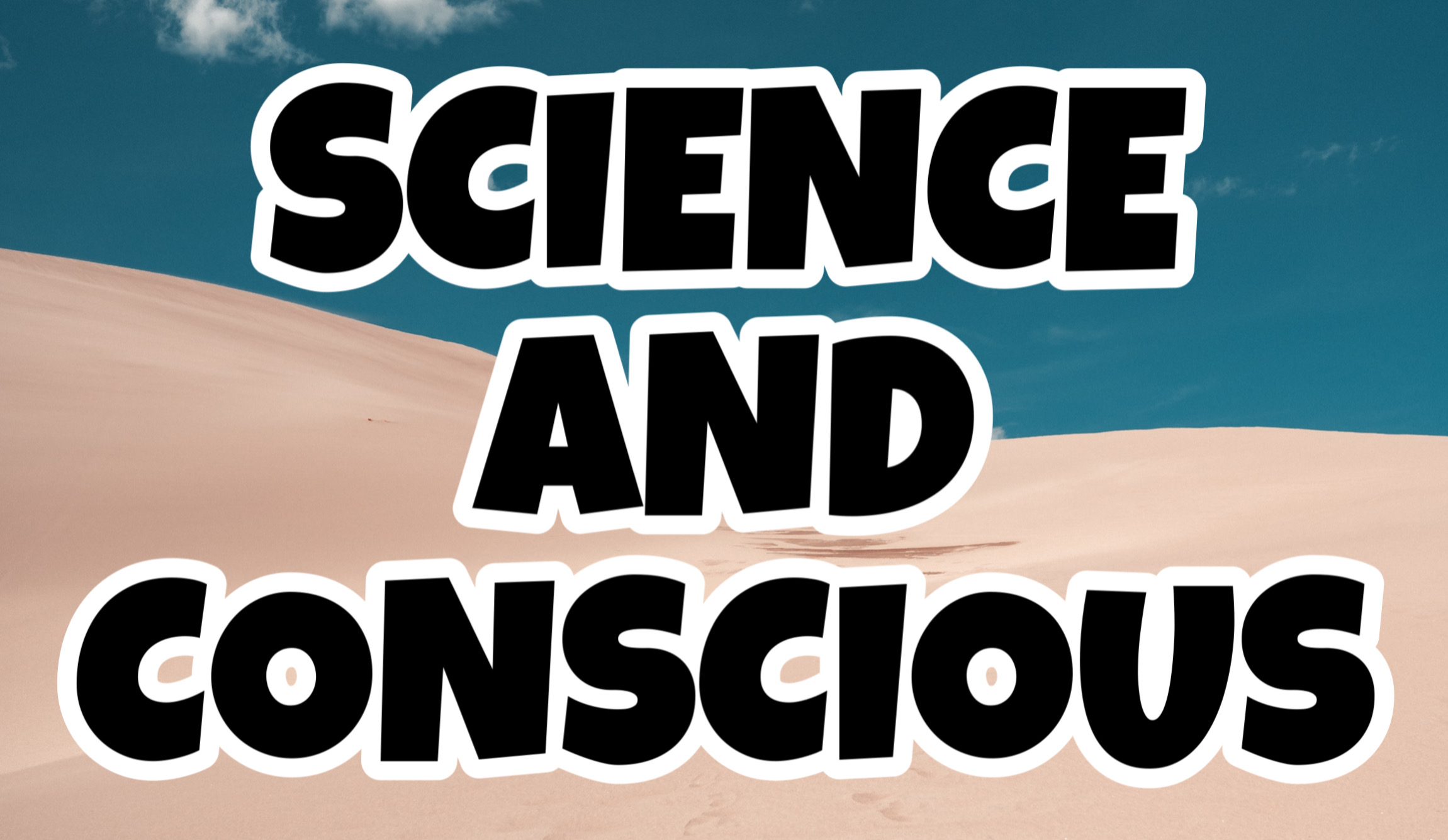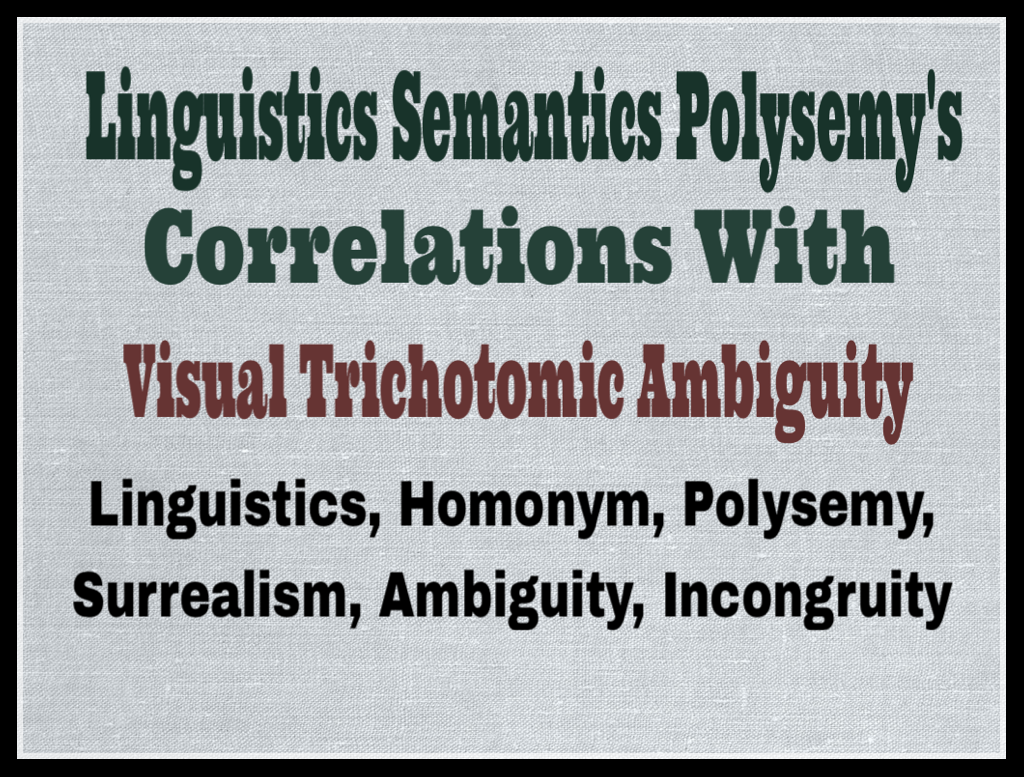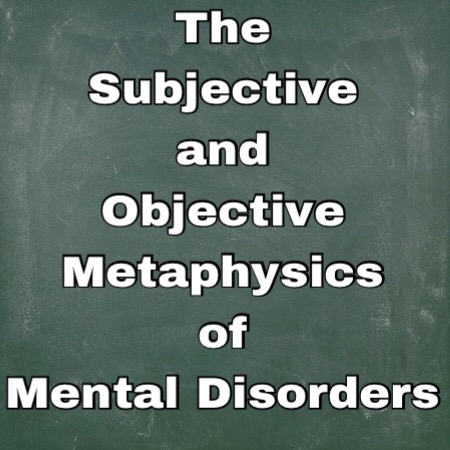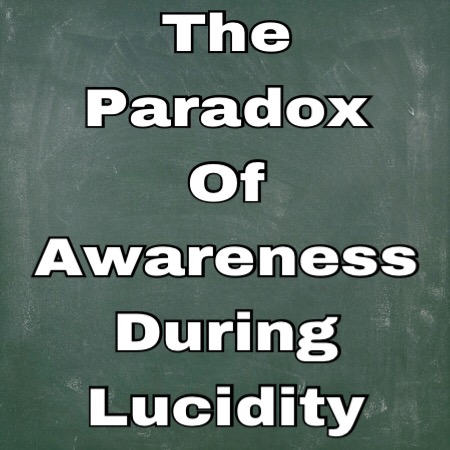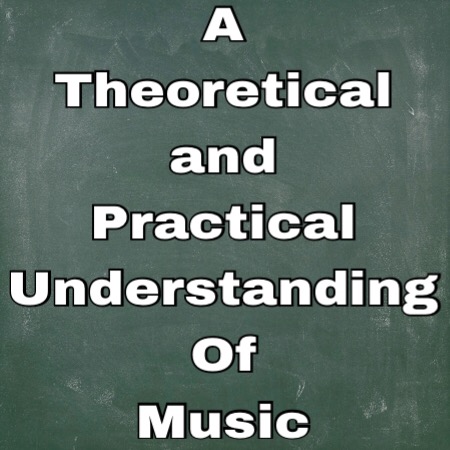19: Proper Nouns, Common Nouns, Symmetrical, Characters
LINGUISTICS ORGANIC SEARCH ENGINE THEORY
(LOSE-T) PART XIX
(LOSE-T) PART XIX
Search Engine Optimization (SEO), (SERP), (NLP), Proper Nouns, Common Nouns, Symmetrical Characters

A noun is a word or set of words that entails a person, place, animal, thing, or idea; a grammatical function that can be classified into the subsets of both proper and common nouns. Proper nouns are capitalized to specify places, people, animals, things or ideas; examples are, “John,” specifies a name; “New York,” specifies a place; “Bulldog,” specifies a breed, and “Kettle,” specifies a thing. Common nouns are grammatically self explanatory in terms of its uncapitalized prevalence; examples are boyfriend, girlfriend, delivery, store, cake, mall, school etc! Nouns such as “people,” are common nouns; however, specific names of people such as “James,” “Madison,” and “Lauren,” constitute a proper noun…..Proper nouns and common nouns are centered around a taxonomy that can be confusing, but the disparity between both categories are classifications between specificity and generality.
Here’s where the ambiguity is induced in Google’s search query; a proper noun such as “Abraham Lincoln,” and a common noun such as “President,” share a classification disparity between specificity and generality, meaning if you capitalize or uncapitalized the former and latter the meaning remains the same, and the ambiguity if there’s any, is not altered or modified. Another example is “August,” being a proper noun and the common noun is “month; however, the proper noun “Job,” is the name of a person, to which the common noun would refer to a “person,” or “people.” Here’s where it becomes problematic; if you capitalize and uncapitalize the former and latter, “person,” and “people,” remains the same, but “Job,” the proper noun for “name” modifies into “job,” the noun for a “paid position.” This is where the proper noun and capitonyms merge.
There’s an overlapping correlation between proper nouns, common nouns and capitonyms, where changing to an upper or lowercase noun induces the ambiguous meanings deriving from capitonyms; capitonyms alter and modify meanings when lexicons are capitalized; see paper III Search Engine Optimization (SEO), (SERP), (NLP), Polysemy, Capitonym, Monosemy, where I explore triple, quadruple and capitalistic ambiguity in lexemes. Another proper noun such as, “Turkey,” the country becomes “turkey,” the domesticated bird when uncapitalized, constituting the former “Turkey,” as both proper noun and capitonym. However, not all capitonyms are nouns; “Polish,” is an adjective relating to Poland, it’s inhabitant and language, and the lowercase “polish,” is a verb constituting a shiny surface.
A prime example of ambiguity in capitonym deriving from the upper and lowercase relationship between the adjective and verb; meaning not all capitonyms are proper noun or common nouns, and not all proper and common nouns are capitonyms, because, as stated in preceding paragraphs, the proper noun “Abraham Lincoln,” and the common noun “President,” upper or lower case don’t influence capitonymic ambiguity. However, “President,” can be both proper or common noun as a result of its syntactical usage. Now let’s explore how all this relates to Word Sense Disambiguation (WSD), in keyword search query and the myriad of issues in Natural Language Processing (NLP).
Lets partition the upper and lower cases (capitalized and uncapitalized) of the alphabet into symmetrical congruency and incongruity;
Symmetrical Congruency
Cc, Kk, Oo, Ss, Uu, Vv, Ww, Xx and Zz.
Symmetrical Incongruity
Aa, Bb, Dd, Ee, Ff, Gg, Hh, Ii, Jj, Ll, Mm, Nn, Pp, Qq, Rr, Tt, Yy.
Symmetrical Congruency
Proper nouns and capitonyms consisting of identical upper and lower case character representations such as Cc, Kk, Oo, Ss, Uu, Vv, Ww, Xx and Zz equivocates meaning in the search query, because the character functions are not predicated on distinct orthographic units compared to Aa, Bb, Dd, Ee, Ff, Gg, Hh, Ii, Jj, Ll, Mm, Nn, Pp, Qq, Rr, Tt, Yy, which has distinct geometric and symmetrical axis to unequivocal the disparity in meaning. Examples are the adjective “Polish,” and verb “polish,” induces the capitonymic semantic disparity; Google’s algorithm disambiguates both upper and lower cases “Polish,” and “polish,” and indexes “Polish,” the adjective as the primary meaning and “polish,” the verb as the secondary meaning…Both secondary or subordinated meanings are omitted from the search query all-together..(extraordinary).
Symmetrical Incongruity
Not only does the search query disambiguate ambiguity by curating a dominant and subordinate meaning, the upper and lower cases derive to the same results. Here’s what’s interesting; symmetrical character incongruity such as “Job,” the proper noun for “name,” and “job,” the common noun for “employment position,” where the characters “J,” and “j,” differentiates the ambiguity, the search query unequivocally indexes the same results for either searches—“Job,” “job,” ascribes “employment.” The same results occur with “Turkey,” “turkey,” and “Bank,” “bank.” Symmetrical congruity or incongruity which specifies distinct meanings don’t effect the search query, the algorithm disambiguates using the same calculative functions.
There’s a clear distinction between symmetrical congruity and incongruity; the former equivocates meaning in both upper and lower cases, because there’s no way to differentiate meanings other than its abstract entailment; the latter disambiguates meaning by different capitalizations to specify the distinctions. This is problematic because the search query is incapable of deciphering or impartially curating ambiguity effectively and efficiently. This is where Linguistics Organic Search Engine Theory (LOSE-T), resolves this computational conundrum, by implementing a taxonomic approach to augment every facet of ambiguous variances into units of classifications.

INTRODUCTION TO (LOSE-T) THE EVOLUTION OF (LOSE-T) | THE HISTORY OF (LOSE-T) PHENOMENOLOGY (LOSE-T) |

Introduction To (LOSE-T) Search Query Disambiguation (SQD)
(1) (SEO), (SERP), (NLP), Derivational & Inflectional Morphology
(2) (SEO), (SERP), (NLP), Metaphor, Analogy, Metonym
(3) (SEO), (SERP), (NLP), Polysemy, Capitonym, Monosemy
(4) (SEO), (SERP), Homonym, Homophones, Homograph
(5) (SEO), (SERP), Segmental & Suprasegmental Phonology
(6) (SEO), (SERP), Paronym, Hyponym, Meronym, Hypernym
(7) (SEO), (SERP), Onomatopoeia, Denotation and Connotation
(8) (SEO), (SERP), Heteronym, Heterograph, Orthographic Units
(9) (SEO), (SERP), (NLP), Cuneiform, Pictographs, Ideographs
(10) (SEO), (SERP), Logographs, Hieroglyphics, Phonographs
(11) (SEO), (SERP), Abbreviations, Acronyms-Hybrids, Initialisms
(12) (SEO) (SERP) Anthropomorphic, Personification, Typography
(13) (SEO), (SERP) Holonyms, Synonyms, Antonyms, Taxonomy
(14) (SEO), (SERP) Prefix, Suffix, Affix, Infix, Circumfix, Morpheme
(15) (SEO), (LOSE-T) Taxonomic Framework To Encode (NLP)
(16) (SEO), (SERP) Absolute, Comparative, Superlative Adjectives
(17) (SEO), (SERP) Redshift, Doppler, Special & General Relativity
(18) (SEO), Possessive, Demonstrative, Indefinite Adjectives
(19) (SEO), (NLP), Proper Nouns, Common Nouns, Capitonymic
(20) (SEO), (NLP), Modulation, Cadence, Intonation, Inflection
(21) (SEO), (NLP), Terminology, Jargon, Verbosity, Slang/Ebonics
(22) (SEO), (NLP) Phonemes, Graphemes, Morphemes, Digraphs
(23) (SEO), (NLP), Autocomplete, Spelling Correction Predictions
(24) (SEO), (NLP), Algorithmic Paradoxes, Equilibriums, Axioms
(25) (SEO), (NLP), Chromatics, Diatonics, Logarithmics, Octaves
(26) (SEO), (NLP), Anaphora, Cataphora, Antecedent, Postcedent
(27) (SEO), (NLP), Hegelians Dialect; Thesis, Antithesis, Synthesis


(1) Fundamental vs Technical Analysis in The Stock-Market
(2) Predicting The Stock Market Using Dispersed Variables..
(3) (SEO), (SMO), (SERP), And Google Algorithms..
(4) ICANN), (gTLD), Domain Registras & Cyber-Squatting..
(5) Domain Names (gTLD), Effect On (SEO), Stock-Market..
(6) 10-K, 10-Q, Annual Reports And Google Revenue..
(7) (ICANN), (UDRP), Domain Trademark And Cybersquatting..
(8) Economic Correlation/Advertisement, Marketing & Commodity!

(1) Three Dimensional Paradoxes In Spatial Schemata
(2) Vibrating Molecules and Elliptical Bubbles
(3) Musical Octaves and Wave-Particle Duality
(4) Smells Velocity Induces Memory Faculty
(5) The Paradox of Light and Sound Induces Synesthesia
(6) The Trichotomy Between Amplitude, Frequency and Velocity
(7) Black Is An Electromagnetic-Radiation (EM) Paradox
(8) Quantum Field Theory, Nash Equilibrium & Social Science
(9) Quantum Electrodynamics, Intramolecular, Intermolecular
(10) The Fibonacci Sequence & Coriolis Effect; Music & Motion

(1) The Emotional Dichotomy in Humor
(2) Neuro-Behavioral Disorder Adaptation
(3) Why Comedians Don’t Laugh At Open Mics
(4) Economic Psychology and Humor Aberration
(5) The Philosophy And Psychology Behind Fozzie Bear Humor
(6) Women Comics! A Sociobiological and Economical Analysis
(7) The Trichotomy Between Instinct, Intuition and Improvisation
(8) Synasthesia, Psychophysics, Linguistics and Humor!


| Synchronicity, Serendipity, Irony, Coincidences | ||

(1) Ecological Factors and Physiological Attributes
(2) The Psychology of Politics Equatable Rhetorics
(3) Psychophysics, Polyrhythm, Arrangement and Composition
(4) Smells Velocity Induces Memory Faculty
(5) Cognitive Impairment/Weather Conditions/Placebo Effect
(6) The Social Equilibrium of Spirituality vs Superficiality
(7) Quantum Entanglement, Chameleon Effect and Coincidences
(8) Synthesis Deriving From A Medical Antithesis
(9) The Power of Analogy, A Peculiar Mnemonics
(10) A Metaphor In Physics To Induce Organic Sleep
(11) Karma The Spiritual Undertone In Cause and Effect
(12) Distinctions Between Verbal Irony and Verbal Sarcasm
(13) School District Negligence, A Butterfly a Effect Analogy
(14) Dogs Defecating Alignment With The Earths Magnetic Field
(15) Fundamental vs Technical Analysis in The Stock-Market
(16) A Conglomeration of Political Discrepancy
Share your views and opinion, please leave a comment below Written By: Atelston Fitzgerald Holder 1st
SCIENTIST | ACADEMIC WRITER | LECTURER
The Harlem Times Politics | Business | Economics | Entertainment
Ask A Newyorker Science | Economics | Business | Politics
News Blaze World News | Science | Business | Technology
Performance Artist: www.youtube.com/mrpregnant
Musical Composer: www.youtube.com/mrpregnantmusic
Feel free to contact me at: mrpregnant@aol.com
Copyright 2016
Latest posts by Atelston Fitzgerald Holder 1st (see all)
- A SCIENTIFIC ANALYSIS OF THE SACRED-GEOMETRIC NATURE OF SUPERHERO ANATOMY! - September 5, 2023
- A Mirrored Reflection Of The Tainted Human Expression - September 15, 2021
- The God Universe Non-Dualistic Dichotomy - September 12, 2021
- Consultation - April 30, 2019
- The Philosophy Of Obsessive Compulsive Disorder (OCD), Bipolar I Manic, Lysergic Acid, Psilocybin & Sensory Modalities - January 31, 2018










